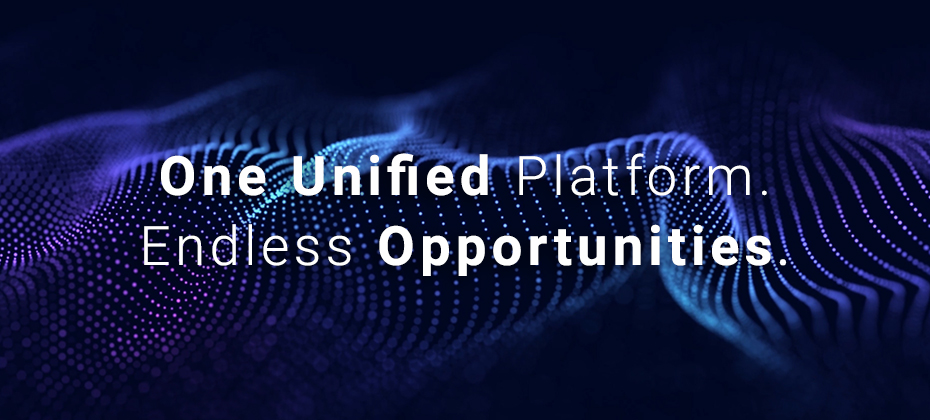By: Andrew Gulledge
I hate this question.
There are several reasons why the concept of an “average fraud rate” is elusive at best, and meaningless or misleading at worst.
Natural fraud rate versus strategy fraud rate
The natural fraud rate is the number of fraudulent attempts divided by overall attempts in a given period. Many companies don’t know their natural fraud rate, simply because in order to measure it accurately, you need to let every single customer pass authentication regardless of fraud risk. And most folks aren’t willing to take that kind of fraud exposure for the sake of empirical purity. What most people do see, however, is their strategy fraud rate—that is, the fraud rate of approved customers after using some fraud prevention strategy. Obviously, if your fraud model offers any fraud detection at all, then your strategy fraud rate will be somewhat lower than your natural fraud rate. And since there are as many fraud prevention strategies as the day is long, the concept of an “average fraud rate” breaks down somewhat.
How do you count frauds?
You can count frauds in terms of dollar loss or raw units. A dollar-based approach might be more appropriate when estimating the ROI of your overall authentication strategy. A unit-based approach might be more appropriate when considering the impact on victimized consumers, and the subsequent impact on your brand. If using the unit-based approach, you can count frauds in terms of raw transactions or unique consumers. If one fraudster is able to get through your risk management strategy by coming through the system five times, then the consumer-based fraud rate might be more appropriate. In this example a transaction-based fraud rate would overrepresent this fraudster by a factor of five. Any fraud models based on solely transactional fraud tags would thus be biased towards the fraudsters that game the system through repeat usage. Clearly, however, different folks count frauds differently. Therefore, the concept of an “average fraud rate” breaks down further, simply based on what makes up the numerator and the denominator.
Different industries. Different populations. Different uses.
Our authentication tools are used by companies from various industries. Would you expect the fraud rate of a utility company to be comparable to that of a money transfer business? What about online lending versus DDA account opening? Furthermore, different companies use different fraud prevention strategies with different risk buckets within their own portfolios. One company might put every customer at account opening through a knowledge based authentication session, while another might only bother asking the riskier customers a set of out of wallet questions. Some companies use authentication tools in the middle of the customer lifecycle, while others employ fraud detection strategies at account opening only. All of these permutations further complicate the notion of an “average fraud rate.”
Different decisioning strategies
Companies use an array of basic strategies governing their overall approach to fraud prevention. Some people hard decline while others refer to a manual review queue. Some people use a behind-the-scenes fraud risk score; others use knowledge based authentication questions; plenty of people use both. Some people use decision overrides that will auto-fail a transaction when certain conditions are met. Some people use question weighting, use limits, and session timeout thresholds. Some people use all of the out of wallet questions; others use only a handful. There is a near infinite possibility of configuration settings even for the same authentication tools from the same vendors, which further muddies the waters in regards to an “average fraud rate.”
My next post will beat this thing to death a bit more.


